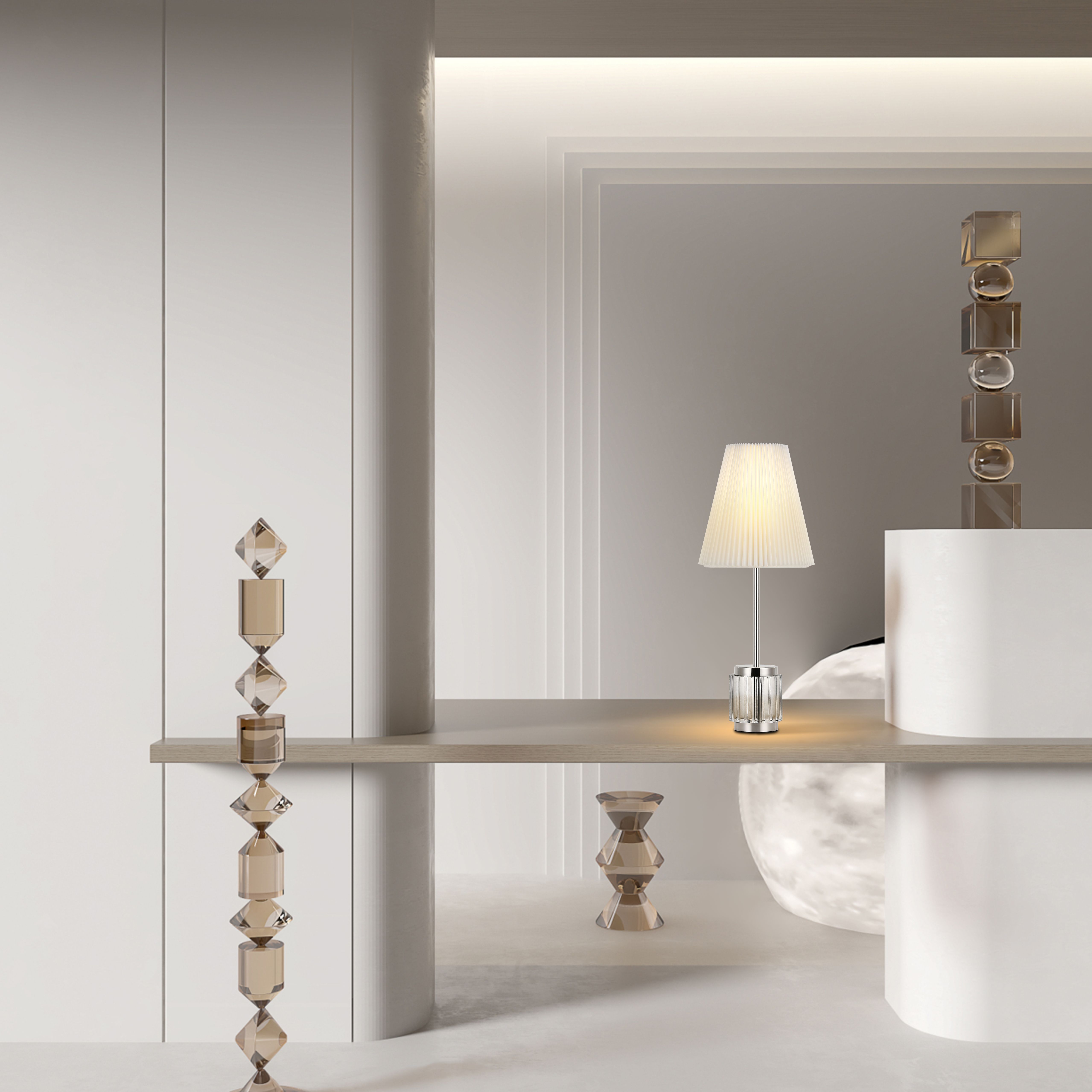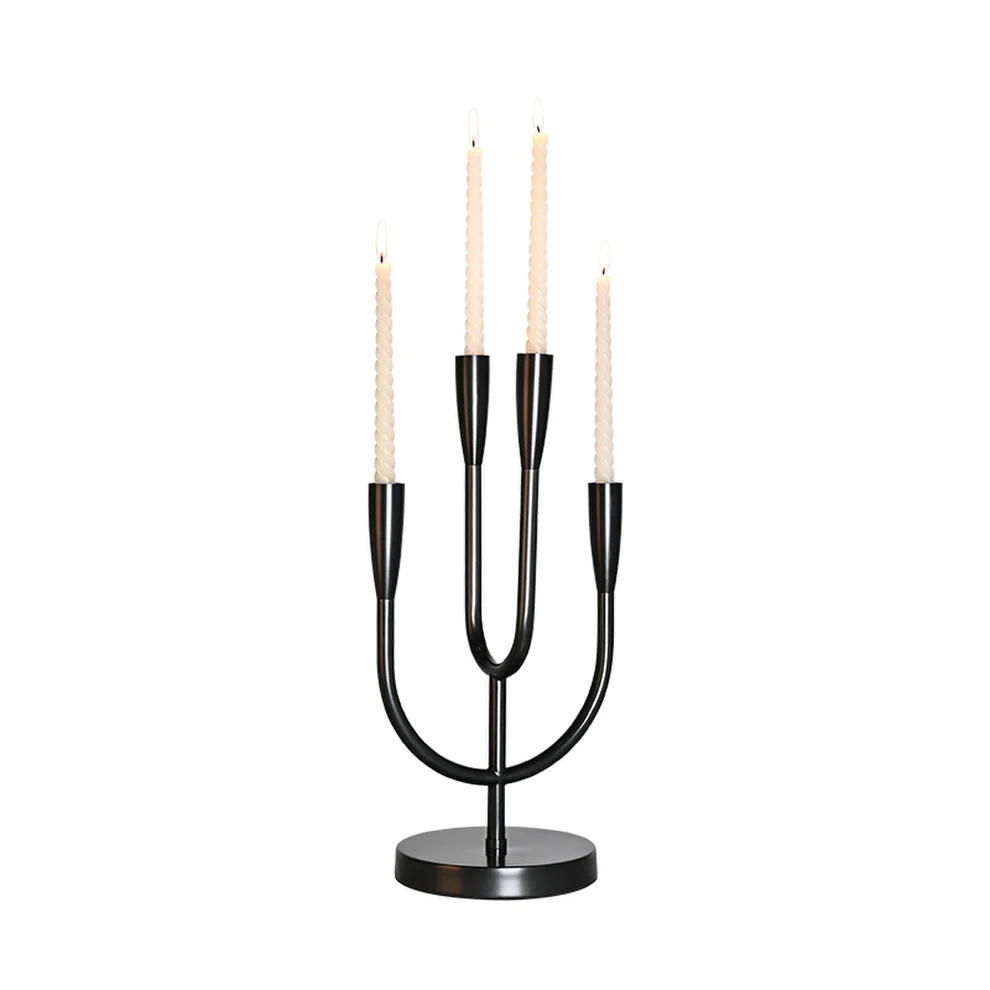How to Choose the Right Light Temperature for Your Space
How to Choose the Right Light Temperature for Your Space
When it comes to lighting, the temperature of the light you choose can greatly influence the overall ambiance and functionality of your space. Whether you're setting up a cozy atmosphere for your living room, needing focused illumination for your home office, or planning the perfect environment for your retail store, understanding how to choose the right light temperature is essential. In this article, we will explore what light temperature is, the different types available, their applications, and tips on selecting the perfect one for your needs.
Understanding Light Temperature
Light temperature, measured in Kelvin (K), refers to the color appearance of the light source. It is an essential factor that influences mood, Aesthetics, and even productivity. Generally, light temperatures range from warm (reddish) tones to cool (bluish) tones.
Types of Light Temperature
Light temperatures can be broadly categorized into three main types:
- Warm Light (Below 3000K): This type of light has a yellowish hue, reminiscent of sunset or candlelight. It creates a cozy atmosphere, making it ideal for living rooms, bedrooms, and dining areas.
- Neutral Light (3000K - 4000K): Neutral light appears balanced, neither too warm nor too cool. It is often preferred for kitchens, offices, and retail stores, as it provides adequate visibility without overwhelming the senses.
- Cool Light (Above 4000K): This type of light emits a bluish tone, often associated with daylight. Cool light is ideal for task-oriented spaces where clarity is crucial, such as workshops, study areas, and hospitals.
| Light Temperature Comparison | ||
| Type | Kelvin Range | Ideal Spaces |
| Warm Light | Below 3000K | Living rooms, Bedrooms, Dining areas |
| Neutral Light | 3000K - 4000K | Kitchens, Offices, Retail Stores |
| Cool Light | Above 4000K | Workshops, Study areas, Hospitals |
Choosing the Right Light Temperature for Different Spaces
Now that you understand the basics of light temperature, let's dive deeper into how to choose the right light temperature for specific spaces:
1. Living Room
In the living room, you're likely looking to create a warm and inviting atmosphere. Opt for warm light (below 3000K) to foster relaxation and comfort. Wall sconces and Table lamps with warm bulbs work wonders in creating a cozy environment. Additionally, mixing different light sources can create layers and depth, allowing for both functionality and ambience.
2. Kitchen
The kitchen requires functional lighting to assist with food preparation and cooking. A neutral light temperature (3000K to 4000K) is recommended. This choice offers clarity without harshness, helping you see colors and food textures accurately. Under-cabinet lighting can also help enhance visibility and create a clean, modern look.
3. Home Office
In a home office, productivity is crucial. Use a neutral to cool light temperature (4000K or above) to keep your workspace bright and energized. Make sure to have ample lighting over your desk while also considering natural light sources. A combination of overhead lighting and task lamps can create an effective workspace.
4. Bedroom
Your bedroom should be a sanctuary for relaxation and rest. Choose warm light (below 3000K) for bedside lamps and overhead light fixtures. The softer hues can help promote tranquility and prepare your body for sleep. Consider dimming options to adjust the light according to your mood.
5. Retail Spaces
For retail environments, lighting plays a crucial role in customer experience and product visibility. Neutral light (3000K to 4000K) is generally preferred as it creates an inviting atmosphere without distorting product colors. Incorporating accent lighting on featured products can also entice customers and highlight specific areas within the store.

Additional Tips for Selecting Light Temperature
Here are some additional considerations to help you choose the right light temperature:
- Experiment: Don’t hesitate to try different light bulbs and settings. This allows you to see what works best for your specific space. - Consider Natural Light: Evaluate how the natural light in your space changes throughout the day. This can influence the type of artificial light you choose. - Use Dimmers: Installing dimmer switches can help you adjust the light temperature to your needs throughout the day. This is particularly useful in living rooms and bedrooms.
Conclusion
Choosing the right light temperature is vital for creating the desired atmosphere and functionality in your space. Understanding the various types of light temperatures and their ideal applications ensures you can make informed decisions. Remember to take your specific needs into account and be open to experimentation. A well-thought-out approach to lighting can enhance not only the aesthetic appeal of your space but also your overall well-being. Keep these tips in mind as you illuminate your world!
